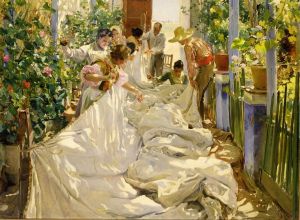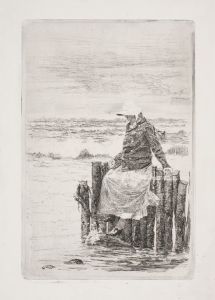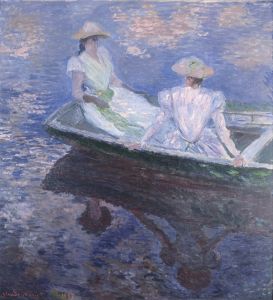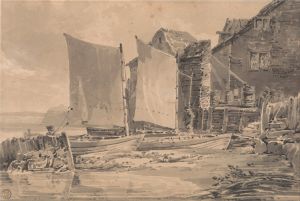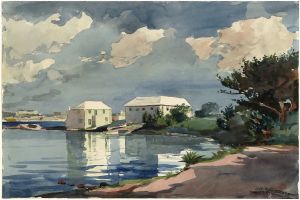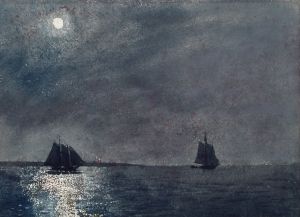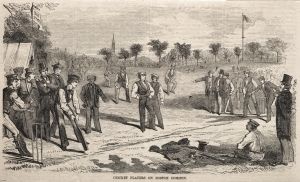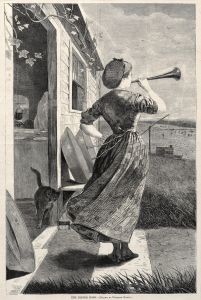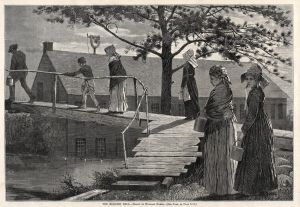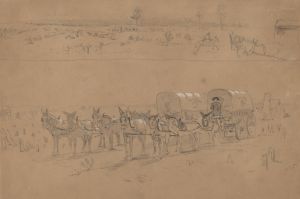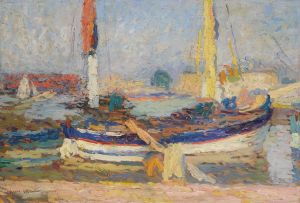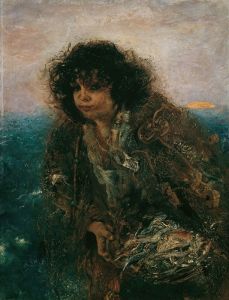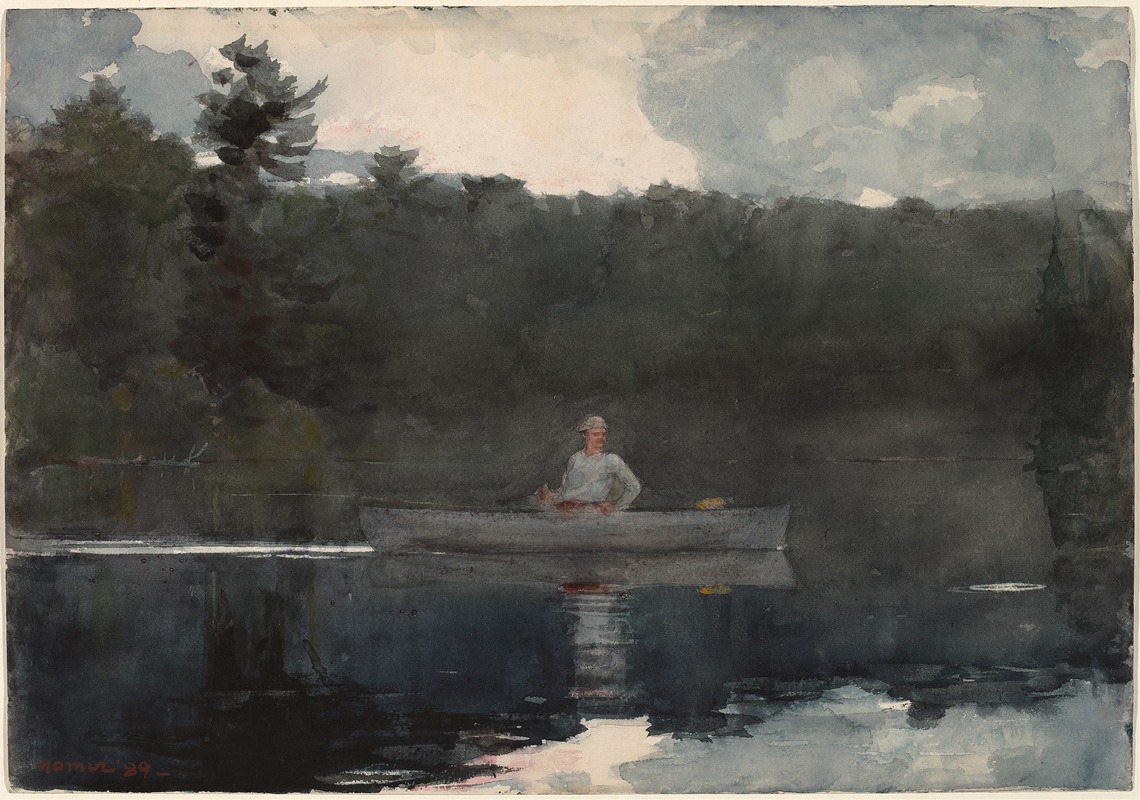
The Lone Fisherman
A hand-painted replica of Winslow Homer’s masterpiece The Lone Fisherman, meticulously crafted by professional artists to capture the true essence of the original. Each piece is created with museum-quality canvas and rare mineral pigments, carefully painted by experienced artists with delicate brushstrokes and rich, layered colors to perfectly recreate the texture of the original artwork. Unlike machine-printed reproductions, this hand-painted version brings the painting to life, infused with the artist’s emotions and skill in every stroke. Whether for personal collection or home decoration, it instantly elevates the artistic atmosphere of any space.
"The Lone Fisherman" is a painting by the American artist Winslow Homer, a prominent figure in 19th-century American art. Homer is widely known for his depictions of marine scenes, rural life, and the American landscape. This particular work, believed to have been created in the late 19th century, reflects Homer’s fascination with the relationship between humans and nature, a recurring theme in his oeuvre.
The painting portrays a solitary fisherman standing on a rocky shore, casting his line into the water. The composition emphasizes the vastness of the natural environment, with the fisherman appearing small in comparison to the surrounding landscape. Homer’s use of light and shadow, as well as his attention to detail, captures the mood of quiet solitude and the rugged beauty of the coastal setting. The scene is characteristic of Homer’s later works, which often focused on the power and unpredictability of the sea.
Winslow Homer spent much of his later life in Prouts Neck, Maine, where he was inspired by the dramatic coastline and the lives of the people who lived and worked by the sea. Many of his paintings from this period, including "The Lone Fisherman," reflect his deep connection to the region and his ability to convey the interplay between humans and their environment. His technique, which often involved the use of watercolor and oil, allowed him to achieve a sense of immediacy and realism in his work.
While "The Lone Fisherman" is not as widely known as some of Homer’s other masterpieces, such as "The Gulf Stream" or "Breezing Up (A Fair Wind)," it remains an example of his skill in capturing the essence of the natural world. The painting is often noted for its simplicity and emotional resonance, qualities that are hallmarks of Homer’s artistic style.
As with many of Homer’s works, "The Lone Fisherman" reflects the artist’s interest in themes of isolation, self-reliance, and the human spirit’s resilience in the face of nature’s challenges. These themes resonated with audiences in the post-Civil War United States, a time when the country was grappling with questions of identity and renewal.
The current location of "The Lone Fisherman" is not widely documented, and further details about its provenance or exhibition history are limited. However, it remains an important piece within the context of Winslow Homer’s body of work and his contribution to American art.





